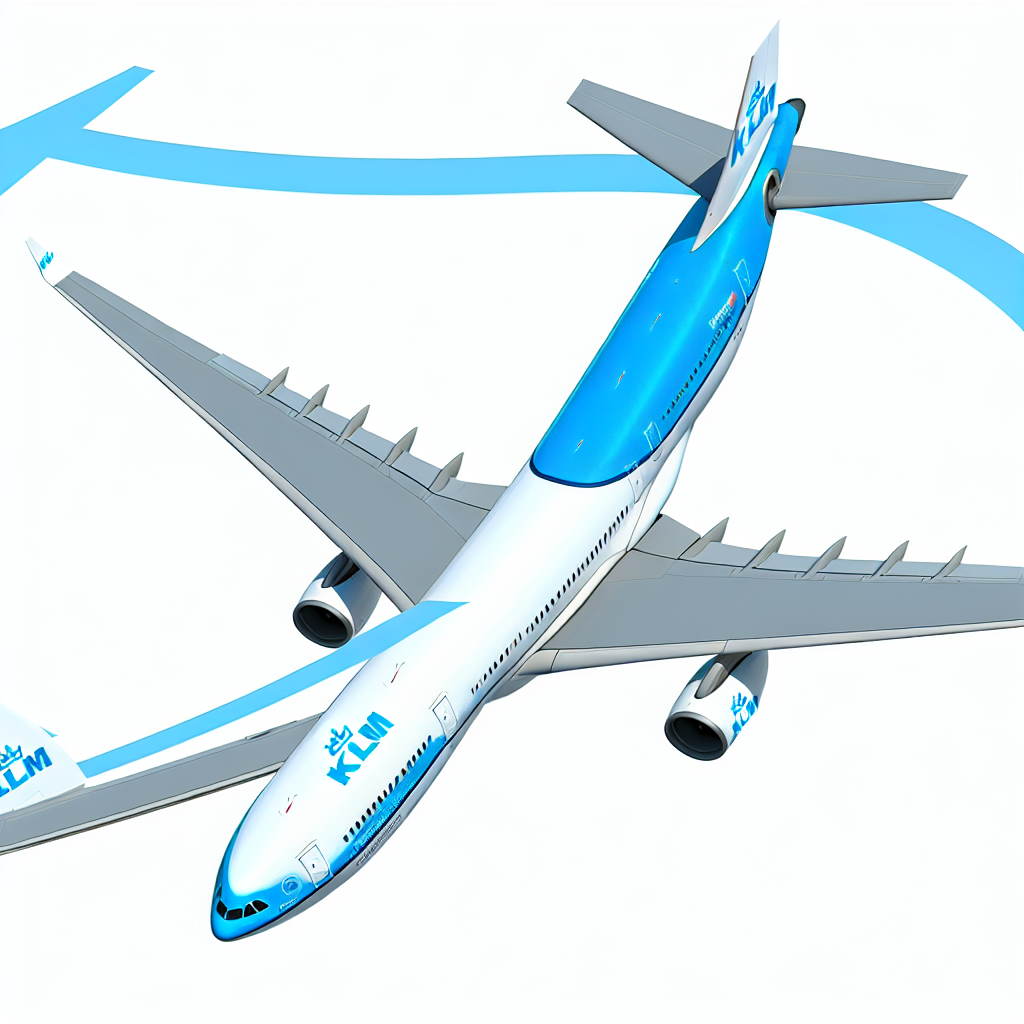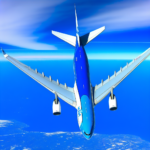AMSTERDAM- A KLM Royal Dutch Airlines (KL) flight destined for Toronto Pearson International Airport (YYZ) was compelled to return to Amsterdam Schiphol Airport (AMS) mid-flight due to an urgent deferred maintenance deadline.
The Airbus A330-300 was already over the Atlantic Ocean when KLM recognized that the aircraft had an overdue maintenance task that could not be postponed further.
Even though the issue did not compromise the plane’s airworthiness, it required resolution at KLM’s maintenance hub in Amsterdam. The flight redirected to AMS approximately four hours into its transatlantic journey.
KLM Flight Makes U-Turn to Amsterdam
The flight in question was Flight KL691, operated by KLM Royal Dutch Airlines (KL), which took off from Amsterdam Schiphol (AMS) heading to Toronto Pearson (YYZ) on June 16, utilizing an Airbus A330-300, registration PH-AKA.
This aircraft, aged 13 years, was delivered new to KLM in 2012 and equipped with General Electric CF6-80 engines.
Initially set to depart at 11:20 AM, the flight encountered a nearly two-hour delay due to a last-minute aircraft replacement after the first plane was withdrawn for maintenance, as reported by PYOK.
However, the replacement aircraft also had an outstanding issue—an overdue scheduled maintenance task categorized as an acceptable deferred defect (ADD) nearing its expiration point.
About two hours into the flight, while cruising at 35,000 feet over the Atlantic, KLM personnel identified that the ADD had entered its mandatory completion timeframe.
In accordance with aviation regulations and KLM’s internal compliance standards, the airplane could not proceed without addressing the overdue maintenance. Consequently, the pilots were directed to immediately return to AMS.
Why the Aircraft Couldn’t Continue to Toronto?
Aircraft operations are regulated by a Minimum Equipment List (MEL), outlining essential components that must be functional for a flight to legally depart.
For issues deemed non-critical to safety, airlines may utilize deferred maintenance status to allocate time for repairs—these issues are known as acceptable deferred defects (ADDs).
Nonetheless, each ADD is assigned a specific time limit; when this limit is reached, the aircraft must be grounded until the maintenance is performed. In this instance, the required maintenance could not be accomplished at Toronto Pearson (YYZ) due to an unavailability of necessary parts or technical staff.
Since KLM’s primary maintenance facilities are located at Amsterdam Schiphol (AMS), the airline decided to turn back the aircraft to avert further complications.
KLM assured that the aircraft remained airworthy throughout and that, although disruptive, the situation posed no safety risks to passengers or crew.
Passengers described the experience as “frustrating,” yet acknowledged the professionalism of the crew.
One traveler shared that the crew was “very apologetic,” with many expressing surprise at the scheduling oversight. This incident raises important questions regarding KLM’s internal tracking and communication systems for maintenance.
Despite the inconvenience caused, the decision to return to Amsterdam was essential for adhering to aviation safety protocols. The airline industry continues to face challenges due to supply chain limitations for aircraft parts, and while such occurrences are infrequent, they highlight the ongoing difficulties in post-pandemic operational recovery.

Stay connected for more updates. Follow us on social media to receive the latest information.
Join our Telegram Group for the Latest Aviation Updates. Also, follow us on Google News.
Based on an article from aviationa2z.com: https://aviationa2z.com/index.php/2025/06/18/klm-amsterdam-to-toronto-flight-u-turn/?utm_source=rss&utm_medium=rss&utm_campaign=klm-amsterdam-to-toronto-flight-u-turn



